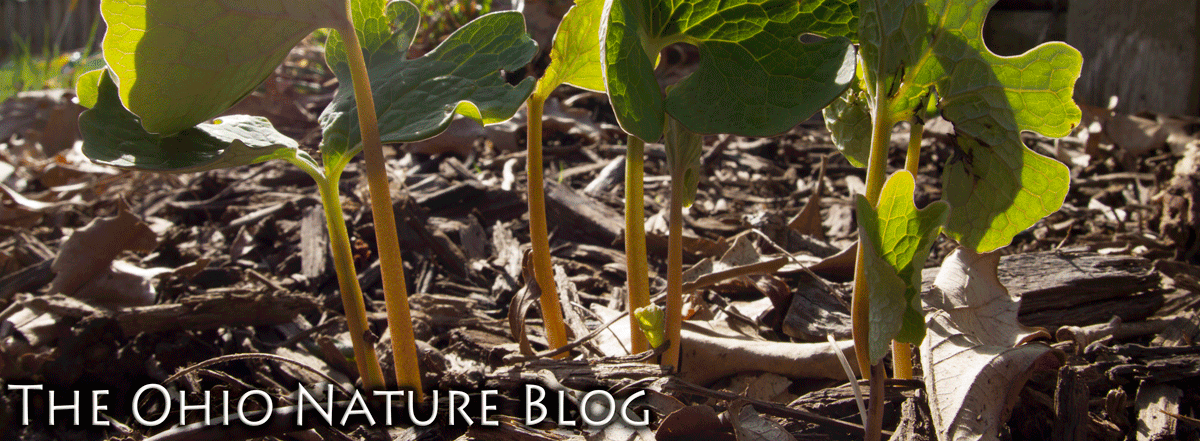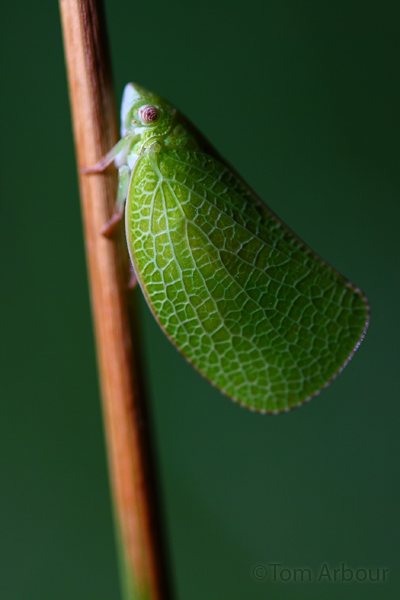
If you blog, I'm sure there are times when you just can't come up with a decent title for your post. Often I write the whole post and then give it a title, and often, those titles are my best. But for this post, I new exactly what our title would be: Megan's Tick.
No, Megan hasn't developed some neurological disorder that makes her jittery and jump. But she did most definitely have a tick. Yes, Megan had a "tag-a-long" in the form of an ectoparasite commonly know as "a tick".
How exactly she got this tick is the question. We were at my parents' place last Sunday, and Megan and my Mom just back from shopping at the famous Aurora Farms complex. Their goal: find fall and winter clothes for Weston. But when they got back, Megan all of the sudden comes to me, dead serious, and says, "is this a tick on my neck"?
I look, just underneath her hair, and sure enough, is a tick, buried straight down into her flesh. Ouch. Well, it didn't hurt, and the tick didn't look engorged with blood, but it was still pretty gross. On my adventures throughout Ohio, I often get ticks on me, but very rarely do I find them embedded in my skin.
So how did Megan get this tick? Did it travel back with me from Shawnee from the previous Wednesday? Had it been living in my clothes, or worse, our sheets, for several days? Or did it travel back on me from Ottawa County, where I had been the day before? Or, did Megan, unlikely as it may be, pick it up from somewhere around our home in Worthington, or at the Aurora Farms complex?
We'll never know, but it sure was gross. Megan laid down on the white carpet of the well lit living room, I got out the tweezers, and I performed my first tick-ectomy. First we rubbed some Vaseline on the tick, hoping to suffocate it. A few gentle tugs with the tweezers, and it wouldn't budge. I was quite surprised how embedded it really was- it was if the tick and Megan's skin was a continuous entity- pull on the tick and her skin stretched from her neck. A few harder tugs, straight out, and with what seemed like a little pop, the tick relented.

Next question: Did it come out whole? I placed the tick on a paper towel and got out my macro lens: and the answer? I think, yes! A successful tick-ectomy.
Tom















































